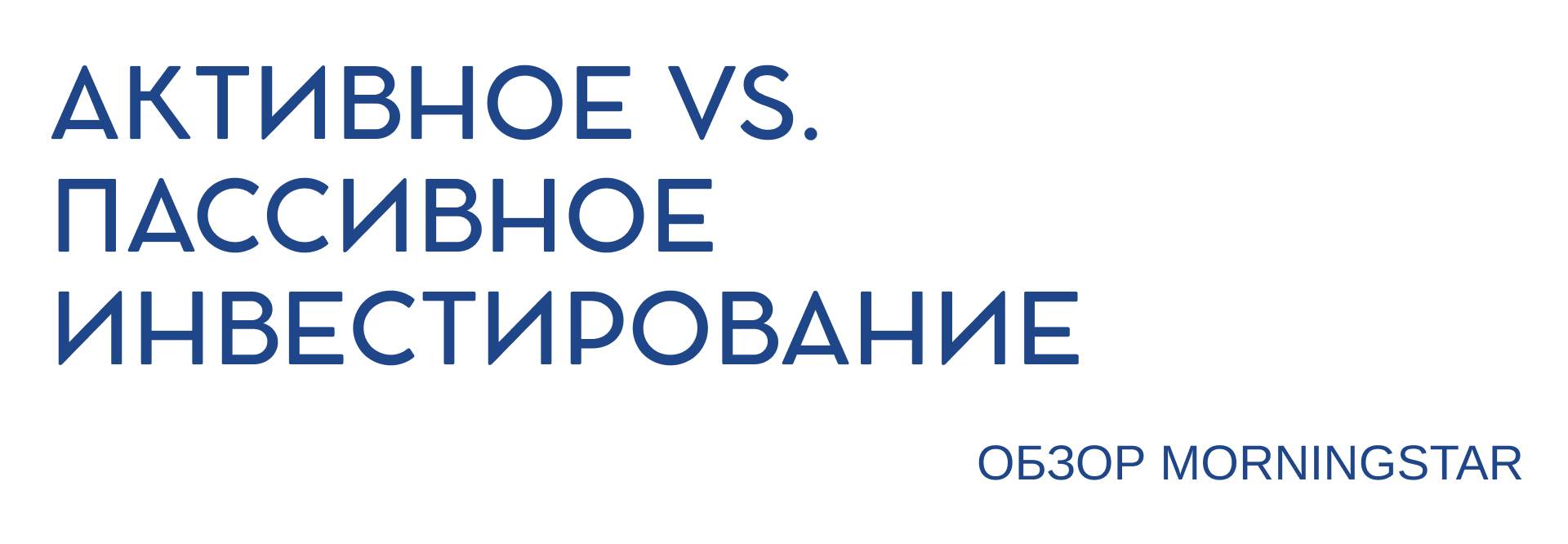Стратегии активного и пассивного инвестирования. Обзор Morningstar

Sergey Gurov
Sep 19, 2023Согласно данным, представленным в полугодовом отчете Morningstar’s U.S. Active/Passive Barometer, с II полугодия 2022 г. по I полугодие 2023 г. около 57% активно управляемых фондов акций продемонстрировали более высокие доходности по сравнению с пассивными аналогами. Более того, подобный результат фиксируется и для облигационных фондов и фондов недвижимости. За обозначенный временной промежуток стратегии активного инвестирования на американском рынке акций обыграли пассивные стратегии во всех сегментах рыночной капитализации: small-cap, mid-cap и large-cap. Активные инвестиционные фонды акций приносили инвесторам бо́льшие доходности и за пределами США.
Как свидетельствует статистика, размер комиссий, которые инвесторы платят управляющему фонда с активной стратегией, не является показателем будущего успеха. С июля 2013 г. фонды с минимальными комиссиями (топ-20% самых дешевых) чаще обыгрывали пассивные аналоги, чем фонды с самыми высокими комиссиями (топ-20% самых дорогих). Аналитики также отмечают, что в течение последних 10 лет инвесторы в среднем вкладывались в успешные активные инвестиционные фонды (т.е. получали доходность выше, чем средний фонд) в 19 из 20 категорий Morningstar. Тем не менее на данном десятилетнем интервале пассивно управляемые фонды продемонстрировали более высокие доходности: в 75% случаев они обыграли активно управляемые фонды.
Источник: Morningstar

